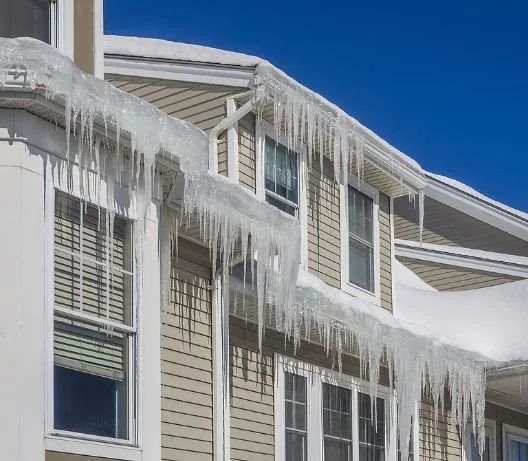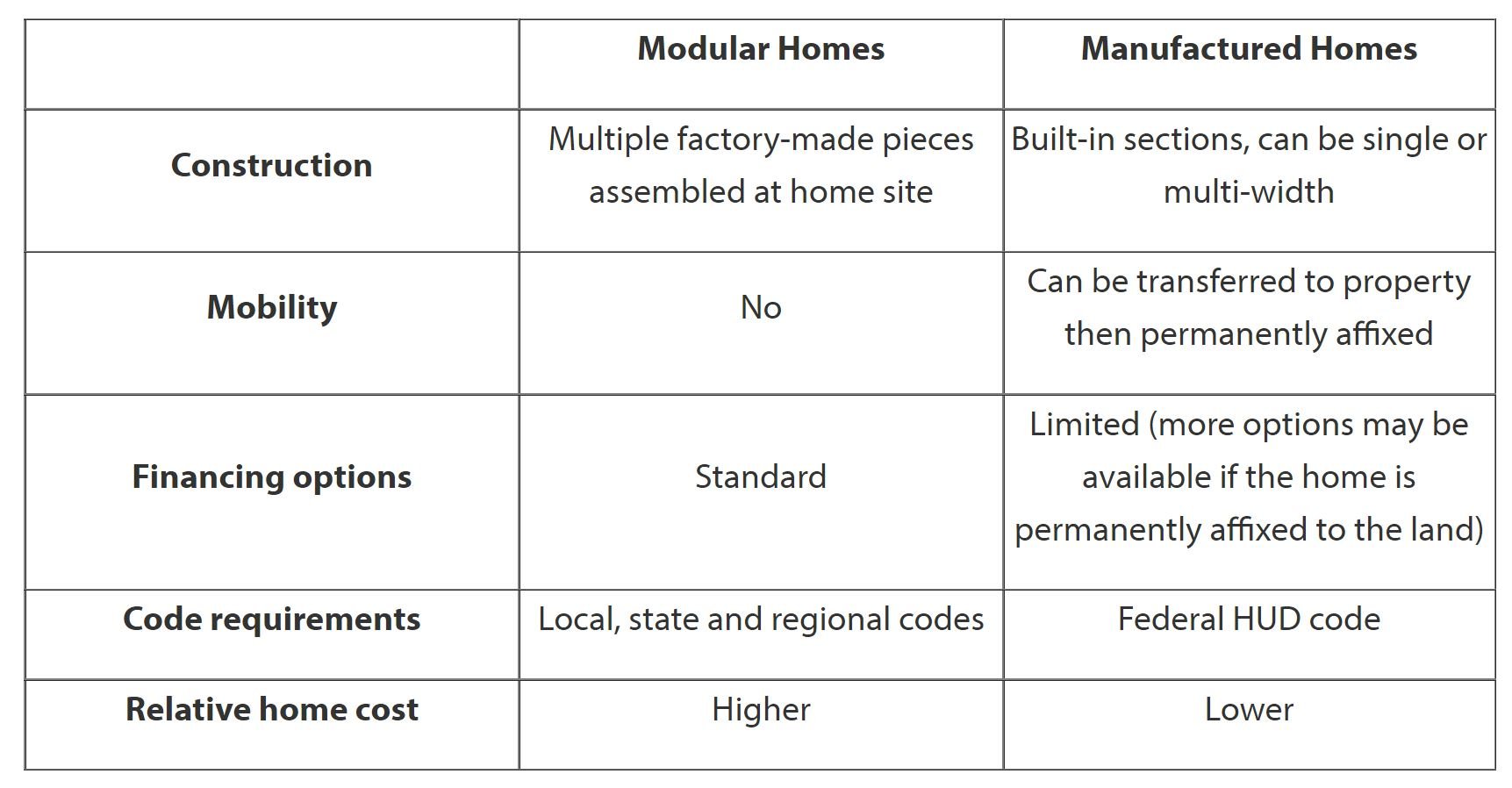If you own or are looking to purchase an older home, there might be lurking in your home something that could affect its value – knob and tube wiring. Due to the age of many homes in Westmoreland County, I still see plenty of homes with some functioning knob and tube wiring. This old-school electrical setup was once a popular way to install electricity in a home. But now, it's like the outdated ancestor of today's electrical systems, and it comes with some problems.
What Is Knob and Tube Wiring?
Back in the late 1800s to the early 1900s, knob and tube wiring was the go-to for electrifying homes. It used ceramic knobs and tubes to keep wires in place. Fast forward to today, and it's not holding up so well.
Example of Knob and Tube Wiring
The Hidden Dangers
The materials used in knob and tube wiring, like rubber or cloth insulation, have probably seen better days. That means a higher risk of fires. Plus, there's no grounding conductor, which makes the chance of getting a shock higher and incompatible with three prong plugs. Insurance companies see these homes as risky, making it harder and more expensive to get coverage.
How It Affects Your Home's Value
Now, let's get to the point – how does knob and tube wiring impact your home's value?
Safety Worries
People worry about safety when they hear about knob and tube wiring. The fear of fires or electrical problems can make buyers think twice, lowering your home's value due to the smaller buyer pool. This can also have a negative impact on the insurability of the home due to the safety concerns. Many insurance companies will not cover a home with known functioning knob and tube wiring due to the known safety concerns.
Cost To Upgrade
Upgrading from knob and tube to a modern electrical system is a big job and can be costly. Buyers might consider this cost when deciding on a home, potentially lowering its value.
Appraisers Take Notice
When appraisers are on site to look at the property, they're likely to consider the knob and tube wiring in the overall quality and condition rating of the home. Homes that are not updated from systems installed almost 100 years ago have a lower quality and condition rating which, when compared to a home that is updated with newer systems, have a lower value.
If there are safety concerns when it is inaccurately spliced into a more traditional wiring system (I’ve seen this many times), frayed insulation on the wires, or being wired to newer 3 prong outlets, an appraiser might call these out to be repaired as a part of the loan process.
What Can You Do?
If you find yourself dealing with knob and tube wiring, it's not the end of the world. Get a qualified professional to check it out and fix any problems. Upgrading your electrical system can make your home safer and more attractive to buyers.
Will A House With K&T Wiring Qualify For A Mortgage?
The underwriting guidelines for all the major mortgage agencies (Fannie Mae, Freddie Mac, FHA, VA, and USDA) all allow for knob-and-tube wiring as long as the system is deemed to be safe, functional, and typical for the area. Just understand that while many loans will allow for this type of wiring, the house still might not qualify to be insured or there might be safety concerns that need to be repaired in order to qualify.
In the world of home values, knob and tube wiring is like an old family secret – it can affect things more than you realize. Knowing the risks and doing something about them can make your home safer and keep its value strong. So, whether you're a homeowner or looking to buy, understanding this hidden issue is key to making smart decisions about your home.



































